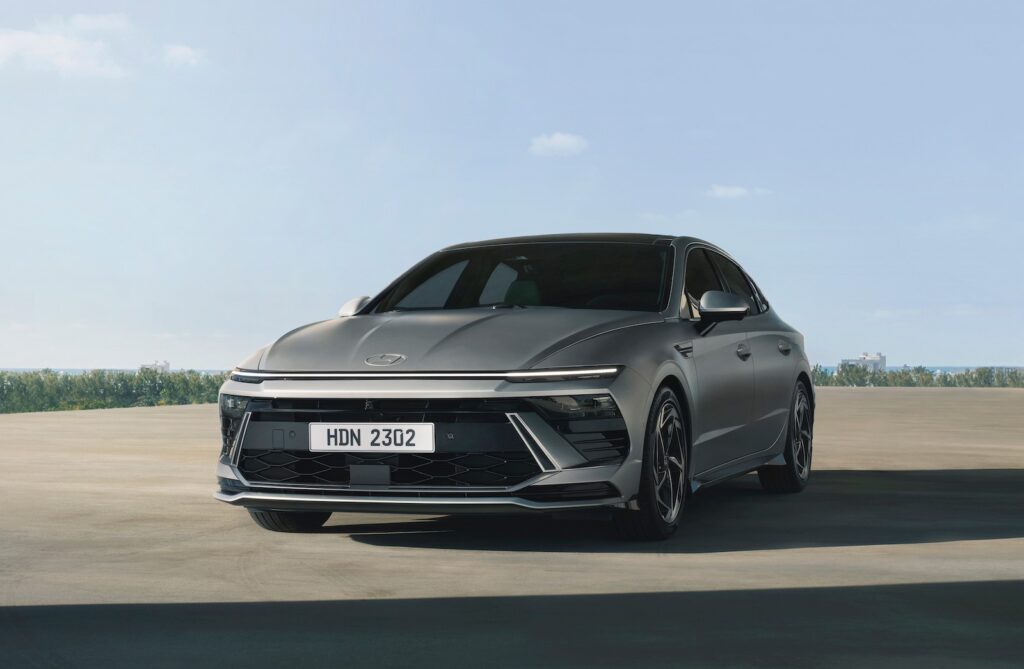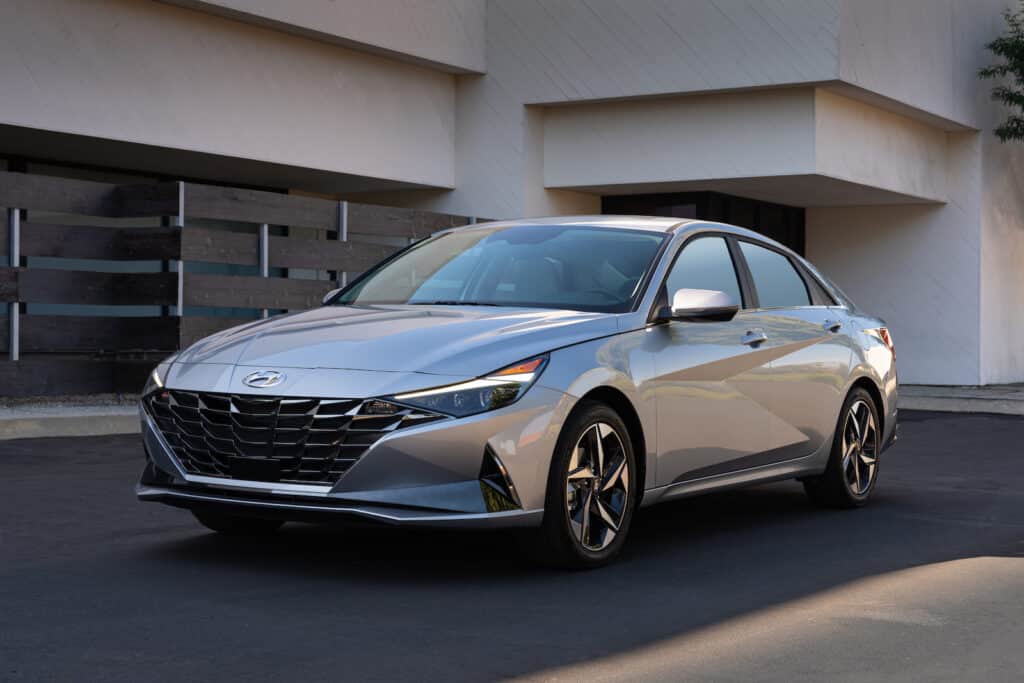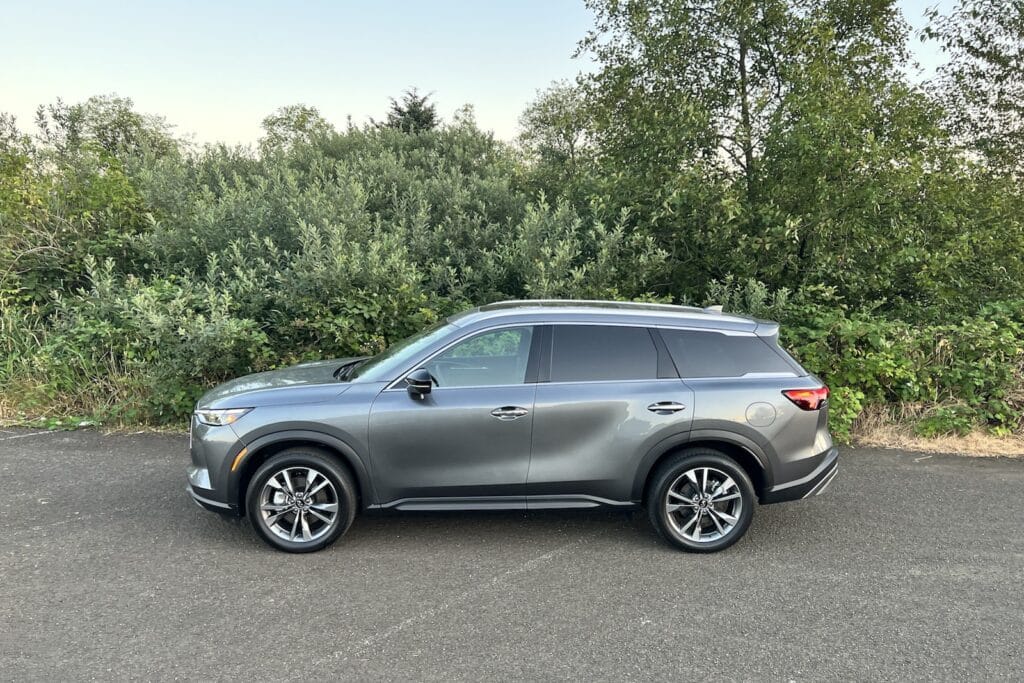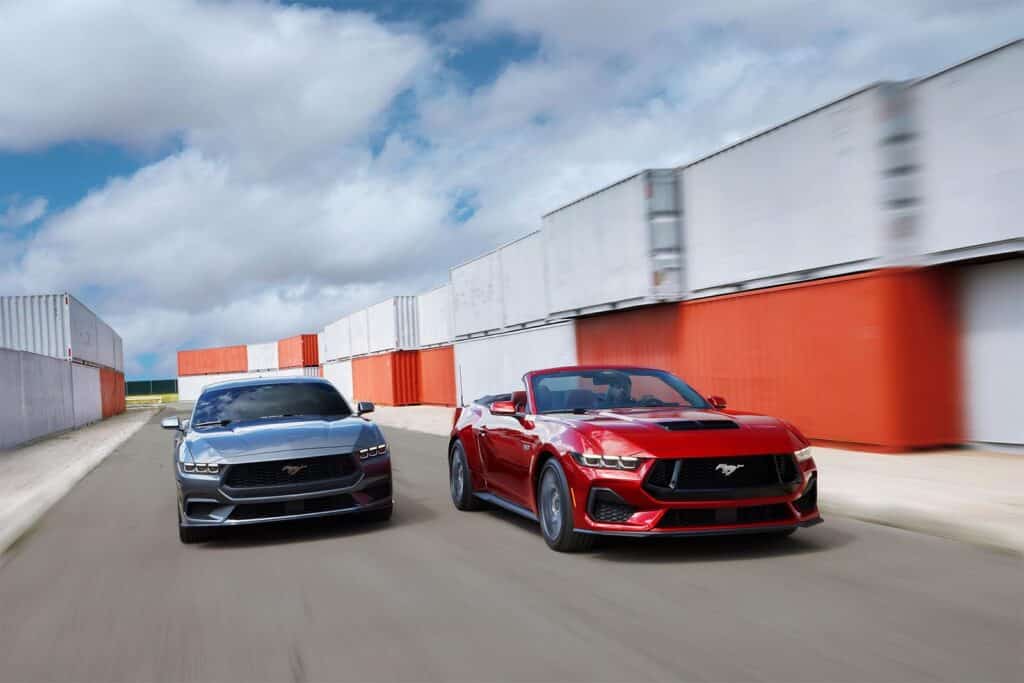SUVs Now Rule the Road, But is a Sedan Revival Coming?
“I have always driven a sedan,” said Dave Carmany, the director of operations for a suburban Detroit industrial company. “I do not like SUVs, mostly due to the driving position. I feel like I’m ‘in’ a car, versus ‘on’ an SUV. Plus, I much prefer the performance … of a sedan.”

During the past two decades, Carmany has become more and more of an outlier, sedans making up a less and less relevant portion of the U.S. new vehicle market. Demand has plunged to the point that there are only a relative handful of sedans left in U.S. showrooms, and not many more coupes and hatchbacks, either. Today, Ford offers just one passenger car model, the Mustang coupe — and the automaker expects that its all-electric Mustang Mach-E SUV will outsell the iconic “pony car” this year.
Yet, there are some signs the shift to sport-utility and crossover-utility vehicles may be slowing down and even peaking, while demand for sedans, in particular, seems to showing some subtle signs of revival. And while post-pandemic data can be difficult to read into, analysts like Michelle Krebs suggest one key factor can be summed up in a single word: “affordability.”
A $10,000 jump
Vehicle prices have surged dramatically over the past decade, even more so since the COVID pandemic struck. According to various auto tracking firms, the average transaction price — what motorists pay after factoring in discounts, surcharges and options — was just over $48,000 for the typical vehicle sold in the U.S. during the first quarter. That’s approximately $10,000 more than what motorists spend during the same period in 2020.
“Affordability is a huge issue and we know a lot of buyers have been priced out of the new vehicle market,” said Michelle Krebs, executive analyst with Cox Automotive.

A closer look is more revealing, however, revealing that buyers typically spend about a third more when comparing otherwise similarly sized passenger cars to utility vehicles. In March, the ATP for a compact car was $26,379 versus $35,172 for a compact utility vehicle, according to Kelley Blue Book. In the midsize segment, the typical passenger car cost $36,170, the comparable utility vehicle $48,128.
The figures aren’t entirely an apples-to-apples comparison. SUVs and CUVs, for one thing, are more likely to come equipped with all-wheel or four-wheel drive, which can add $1,000 or more to a vehicle’s MSRP. But there is little doubt that motorists pay more for “utes.” And, in turn, they tend to deliver higher margins for manufacturers.
Boring, boring, boring
“I have no desire for an SUV,” said Atlantan Rob Nestora, describing them as “usually boring or expensive. I want to actually enjoy my vehicle.”
While those who still tend to drive a sedan — or some other passenger car body style — tend to be a loyal lot, the passenger car market has been suffering the proverbial death by a thousand cuts.
Passenger cars lose their grip
“I can’t wait to get away from my sedan — if only someone would buy it,” said Travis Wright, a Los Angeles-based PR executive.

Like many of the motorists who spoke to TheDetroitBureau.com, Wright pointed to the fact that sedans sit low to the road and just don’t offer good visibility, especially when surrounded by taller pickups and utility vehicles. Similarly, others cited the advantage of a higher seating position in an SUV or CUV, as well as the added space and flexibility.
That has helped explain why passenger cars have lost their grip on the market. As recently as 2000 they accounted for nearly two-thirds of U.S. new vehicle sales. During the first quarter of this year that was down to 24.7%, KBB reported. Utility vehicles had more than double that share, at 52.2%.
A look at the best-selling vehicles in the U.S. underscores the transition. Where the Toyota Camry and Honda Accord sedans routinely landed at or near the top of the charts a decade ago, they’ve been surpassed by utility vehicles like the Toyota RAV4 and Honda CR-V.
Some unexpected numbers
While the general consensus has been that utes would continue to siphon away sales from sedans, coupes and hatchbacks, the Q1 data tells a different story. The utility vehicle share actually dropped a full share point from the January-March period in 2022. Passenger car sales rose by 1.3 percentage points.

Although sales of utility vehicles rose 5.5% year-over-year, passenger car sales were up 13.3% during the first quarter, noted KBB. The big growth was recorded by sedans.
Whether that’s just a seasonal fluke remains to be seen. But the industry may be “approaching some kind of natural boundary,” J.D. Power data chief Tyson Jominy told trade publication Automotive News.
Fewer available options
Ironically, there may be a barrier restricting how much share sedans and other passenger cars can regain.
The number of options available for those who don’t want an SUV, CUV, pickup or van has rapidly declined in the past five years. Ford dropped all of its sedans and hatchbacks, the Mustang coupe its only remaining passenger car model. General Motors abandoned a variety of its own familiar models, including the Chevrolet Impala and Cruze sedans. Volkswagen has walked away from the four-door Passat and now only sells two niche versions of the Golf hatchback.
All these manufacturers expanded their SUV lines, VW most recently adding the Taos as an alternative to the Golf.
Asian makers stick with sedans

Asian manufacturers also have been expanding their utility vehicle lines. Toyota launched the Corolla Cross package to complement the familiar Corolla line for 2022. But the Japanese giant is determined to keep the passenger car segment alive — and pick up business from Ford and other competitors fleeing the segment.
With this year’s launch of the new Crown, Toyota is exploring ways to give buyers some of the features they like about utility vehicles without having to walk away from a sedan.
While Crown has roughly the same wheelbase and width as the outgoing Avalon, it stands 3.6 inches taller and measures about 2 inches shorter, bumper-to-bumper. It also boasts a sportier appearance, with the sort of coupe-like roofline that’s become increasingly common in the crossover segment. But it also has a traditional trunk, rather than a hatchback, Toyota officials emphasize.
“One of our biggest challenges was (figuring out) how to position Crown,” said Joe Moses, head of marketing for Toyota North America. But “(w)e’re unapologetically calling this a sedan.”
Patience may be paying off
For its part, South Korea’s Hyundai has trimmed its passenger car line-up a bit, recently abandoning the quirky Veloster model. There have been unconfirmed reports it might walk away from more established nameplates like the compact Elantra and midsize Sonata, as well, as it grows its crossover family. But the latest numbers suggest that would be a mistake. Sales of the smaller Elantra sedan were up 47% during the first quarter, the larger Sonata gaining 87% year-over-year.
“I don’t see a massive shift back to sedans,” said analyst Krebs. But, with “affordability a real issue,” she thinks at least some U.S. motorists will go with options that are more pocketbook-friendly. And that could see them shift away from utility vehicles.
Auto Lovers Land
Comments
Post a Comment